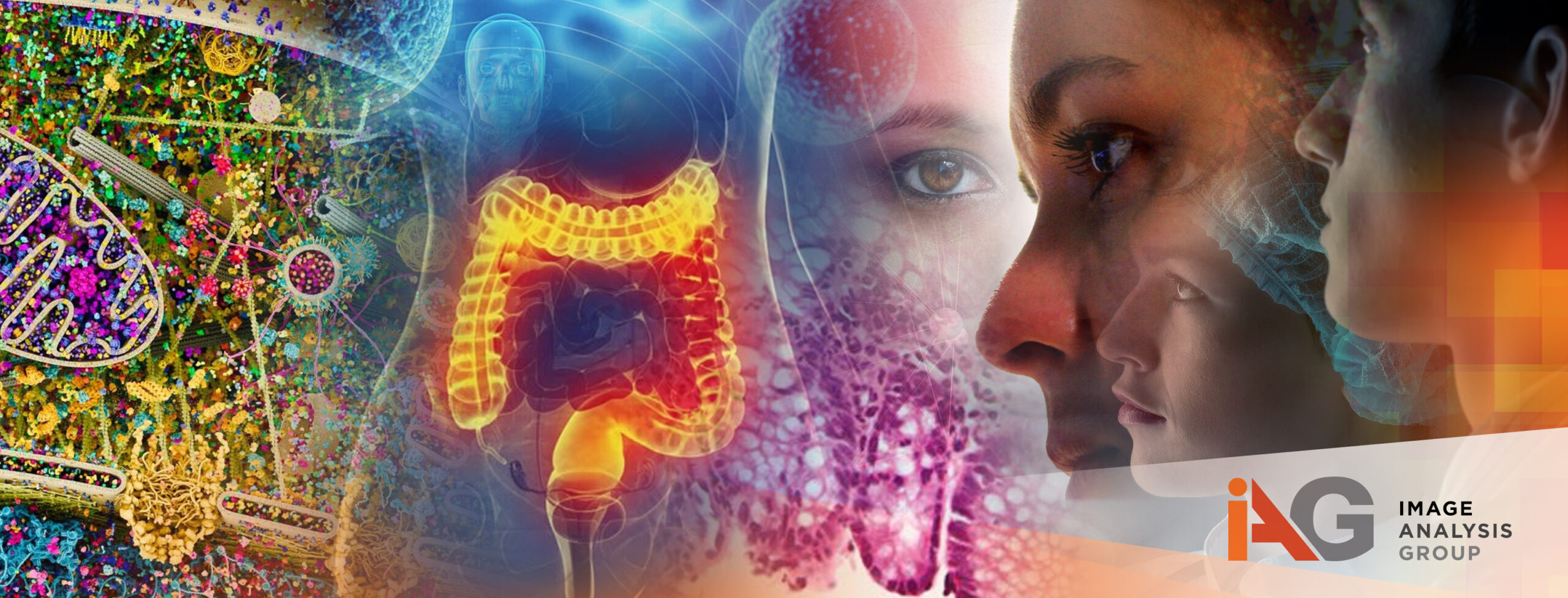Abstract
Purpose
To explore the utility of diffusion and perfusion changes in primary renal cell carcinoma (RCC) after stereotactic ablative body radiotherapy (SABR) as an early biomarker of treatment response, using diffusion weighted (DWI) and dynamic contrast enhanced (DCE) MRI.
Methods
Patients enrolled in a prospective pilot clinical trial received SABR for primary RCC, and had DWI and DCE MRI scheduled at baseline, 14 days and 70 days after SABR. Tumours <5cm diameter received a single fraction of 26 Gy and larger tumours received three fractions of 14 Gy. Apparent diffusion coefficient (ADC) maps were computed from DWI data and parametric and pharmacokinetic maps were fitted to the DCE data. Tumour volumes were
contoured and statistics extracted. Spearman’s rank correlation coefficients were computed between MRI parameter changes versus the percentage tumour volume change from CT at 6, 12 and 24 months and the last follow-up relative to baseline CT.
Results
Twelve patients were eligible for DWI analysis, and a subset of ten patients for DCE MRI analysis. DCE MRI from the second follow-up MRI scan showed correlations between the change in percentage voxels with washout contrast enhancement behaviour and the change in tumour volume (ρ = 0.84, p = 0.004 at 12 month CT, ρ = 0.81, p = 0.02 at 24 month CT, and ρ = 0.89, p = 0.001 at last follow-up CT). The change in mean initial rate of
enhancement and mean Ktrans at the second follow-up MRI scan were positively correlated with percent tumour volume change at the 12 month CT onwards (ρ = 0.65, p = 0.05 and ρ = 0.66, p = 0.04 at 12 month CT respectively). Changes in ADC kurtosis from histogram analysis at the first follow-up MRI scan also showed positive correlations with the percentage tumour volume change (ρ = 0.66, p = 0.02 at 12 month CT, ρ = 0.69, p = 0.02
at last follow-up CT), but these results are possibly confounded by inflammation.
Conclusion
DWI and DCE MRI parameters show potential as early response biomarkers after SABR for primary RCC. Further prospective validation using larger patient cohorts is warranted.



